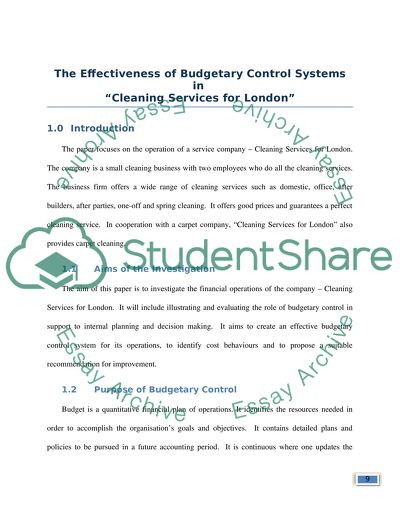Cite this document
(The effectiveness of the budgetary control system in 'Cleaning For Case Study, n.d.)
The effectiveness of the budgetary control system in 'Cleaning For Case Study. https://studentshare.org/finance-accounting/1556265-the-effectiveness-of-the-budgetary-control-system-in-cleaning-for-london
The effectiveness of the budgetary control system in 'Cleaning For Case Study. https://studentshare.org/finance-accounting/1556265-the-effectiveness-of-the-budgetary-control-system-in-cleaning-for-london
(The Effectiveness of the Budgetary Control System in 'Cleaning For Case Study)
The Effectiveness of the Budgetary Control System in 'Cleaning For Case Study. https://studentshare.org/finance-accounting/1556265-the-effectiveness-of-the-budgetary-control-system-in-cleaning-for-london.
The Effectiveness of the Budgetary Control System in 'Cleaning For Case Study. https://studentshare.org/finance-accounting/1556265-the-effectiveness-of-the-budgetary-control-system-in-cleaning-for-london.
“The Effectiveness of the Budgetary Control System in 'Cleaning For Case Study”. https://studentshare.org/finance-accounting/1556265-the-effectiveness-of-the-budgetary-control-system-in-cleaning-for-london.


